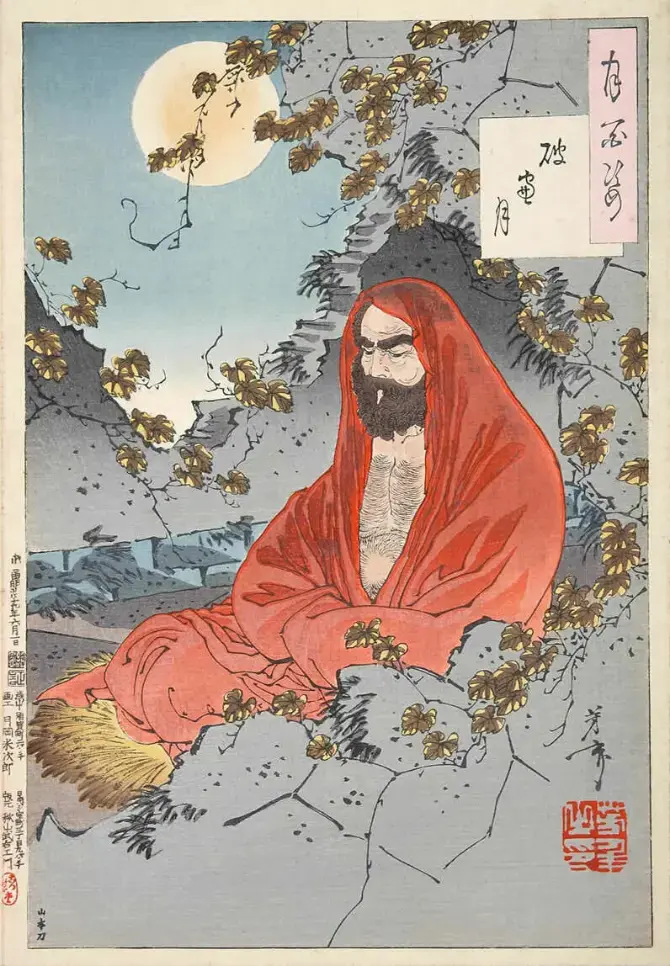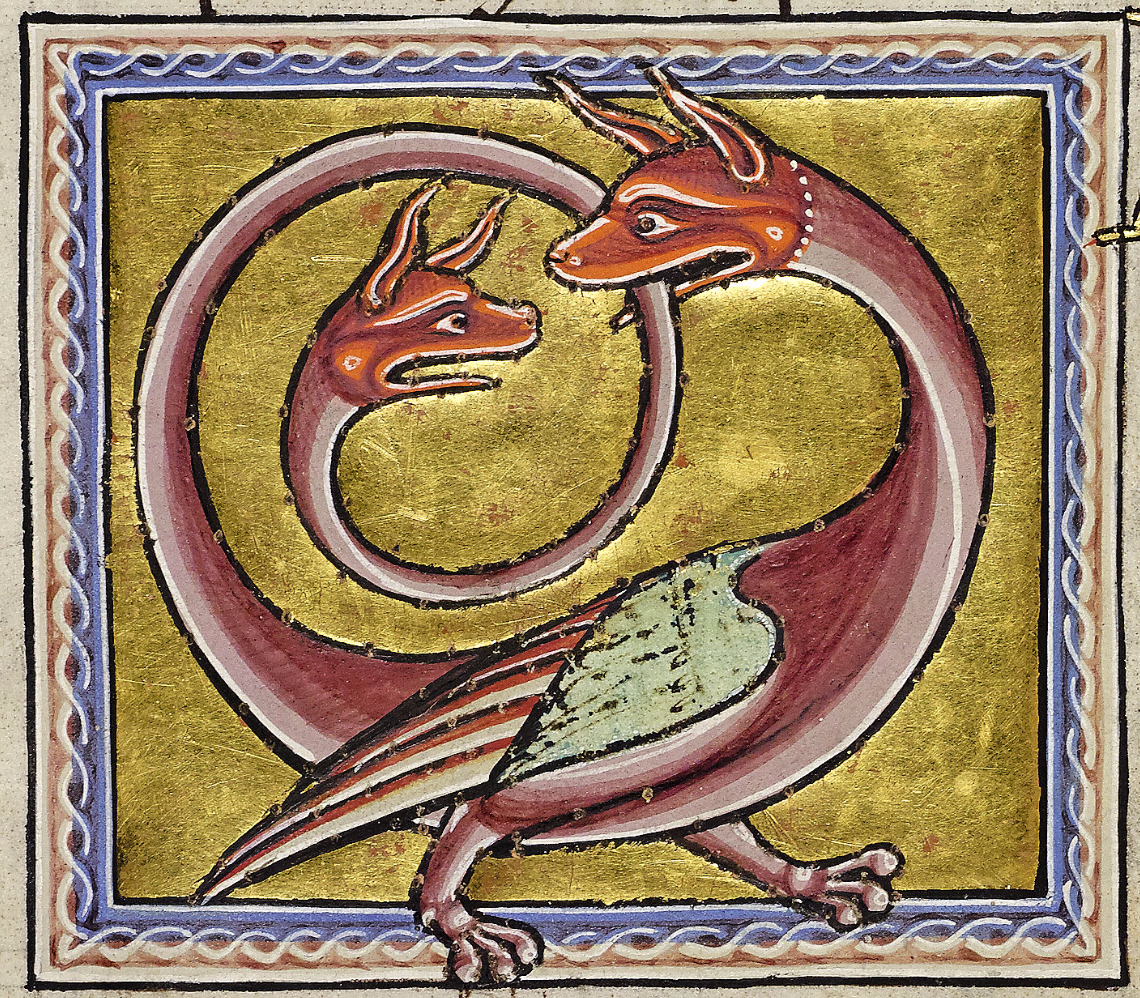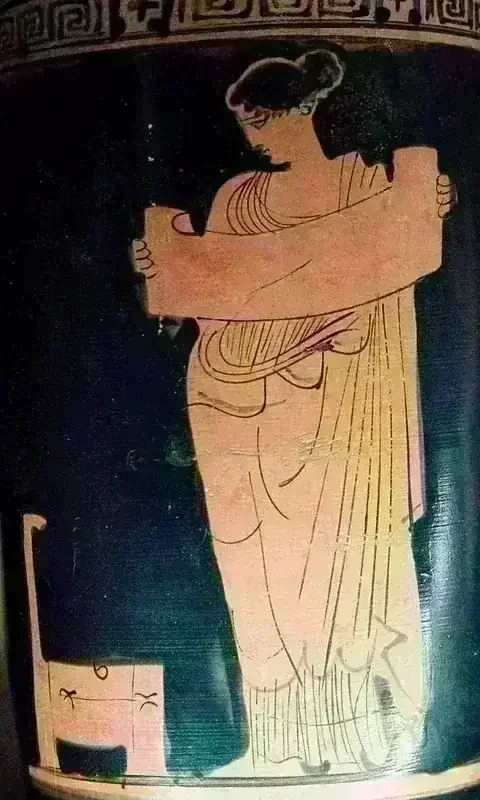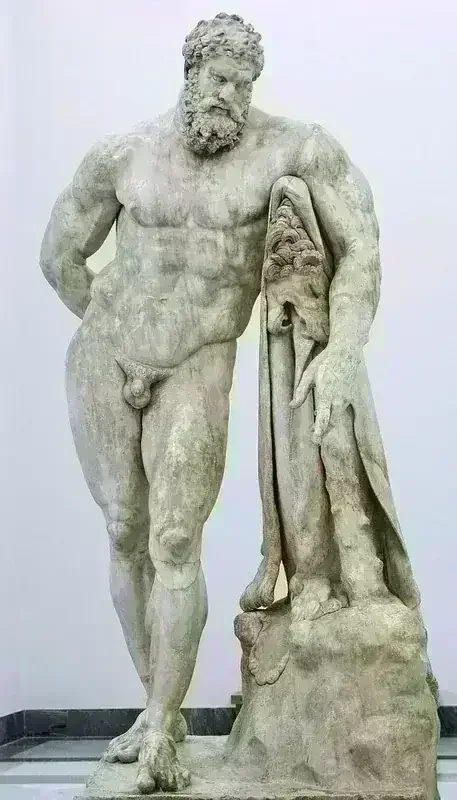Bodhidharma

Bodhidharma was a semi-legendary Buddhist monk who lived during the 5th or 6th century CE. He is traditionally recognized as the transmitter of Chan Buddhism to China and venerated as its first Chinese patriarch. He is also popularly associated with founding Shaolin kung fu, though this connection was largely popularized in the 20th century and stems from the 17th century text Yijin Jing and Daoist associations of daoyin exercises with Bodhidharma.
Contemporary biographical information about Bodhidharma is scarce, with later accounts becoming embellished with legendary elements and unreliable details. According to principal Chinese sources, he originated from the "Western Regions" (a term typically referring to Central Asia but sometimes including the Indian subcontinent) and is variously described as either a "Persian Central Asian" or as "South Indian... the third son of a great Indian king." Beyond these Chinese accounts, several popular traditions exist regarding his origins. Throughout Buddhist art, Bodhidharma is distinctively portrayed as an ill-tempered, large-nosed, heavily-bearded, wide-eyed foreigner. Chan texts refer to him as "The Blue-Eyed Barbarian" (碧眼胡, Bìyǎnhú).
Historical accounts differ regarding the timing of his arrival in China. Earlier records suggest he arrived during the Liu Song dynasty (420–479 CE), while later accounts place his arrival during the Liang dynasty (502–557 CE). Bodhidharma primarily conducted his activities in Northern Wei territory (386–534 CE). Modern scholarship generally dates his presence to the early 5th century CE.
Bodhidharma's teachings and practice emphasized meditation and the Laṅkāvatāra Sūtra. The Anthology of the Patriarchal Hall (compiled in 952 CE) identifies him as the 28th Patriarch of Buddhism in an unbroken lineage extending back to Gautama Buddha himself.


